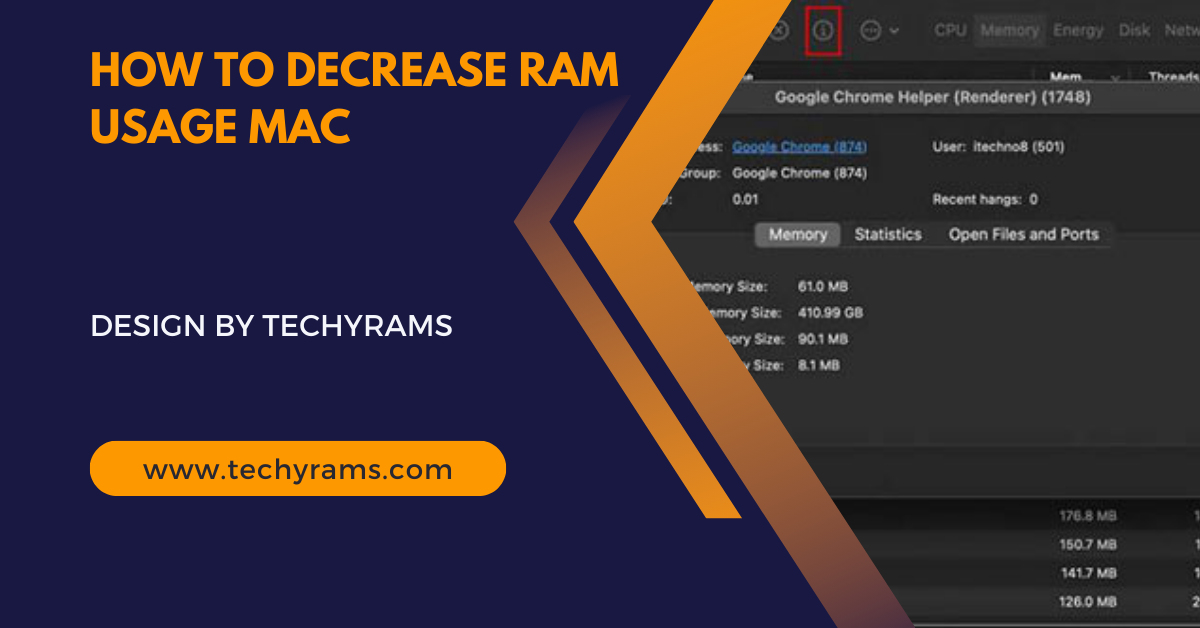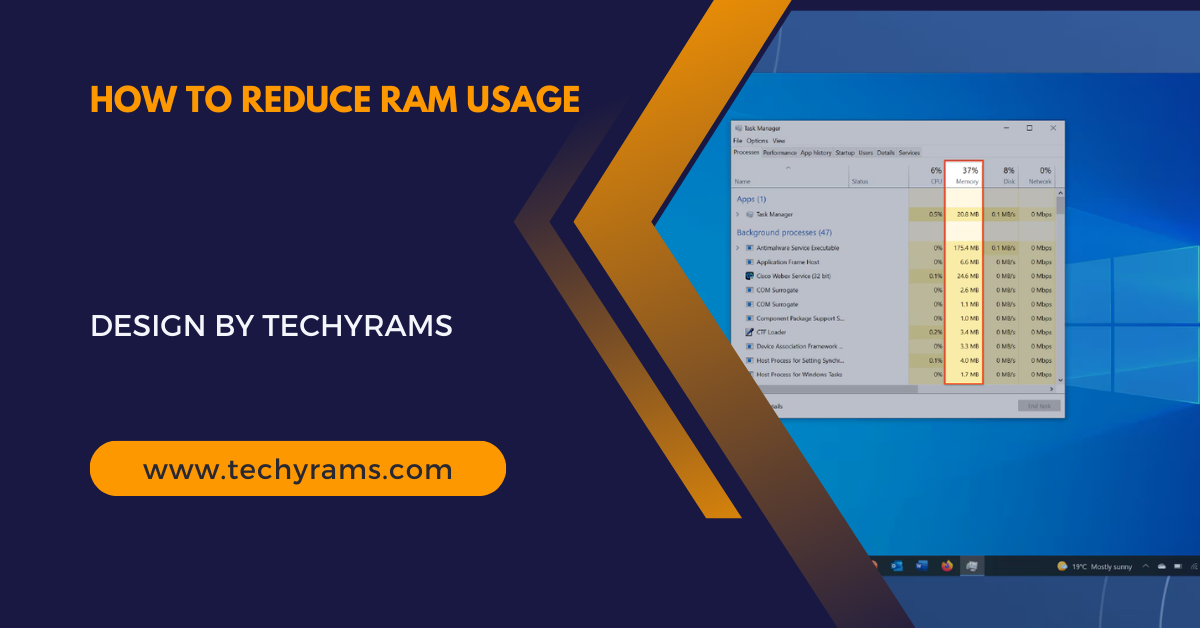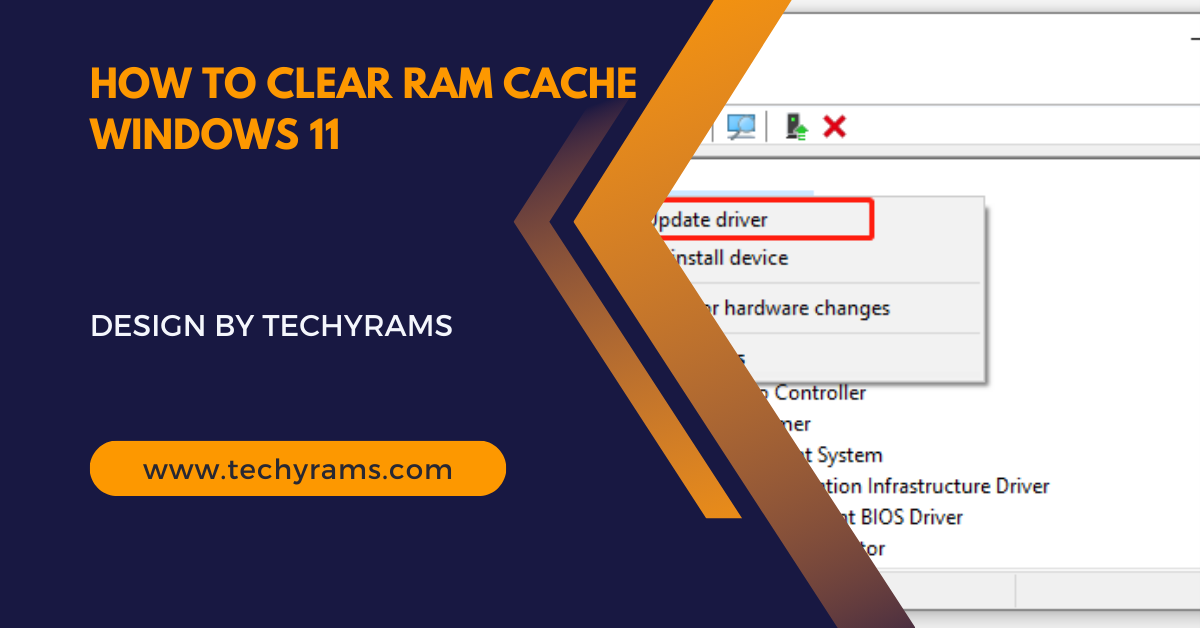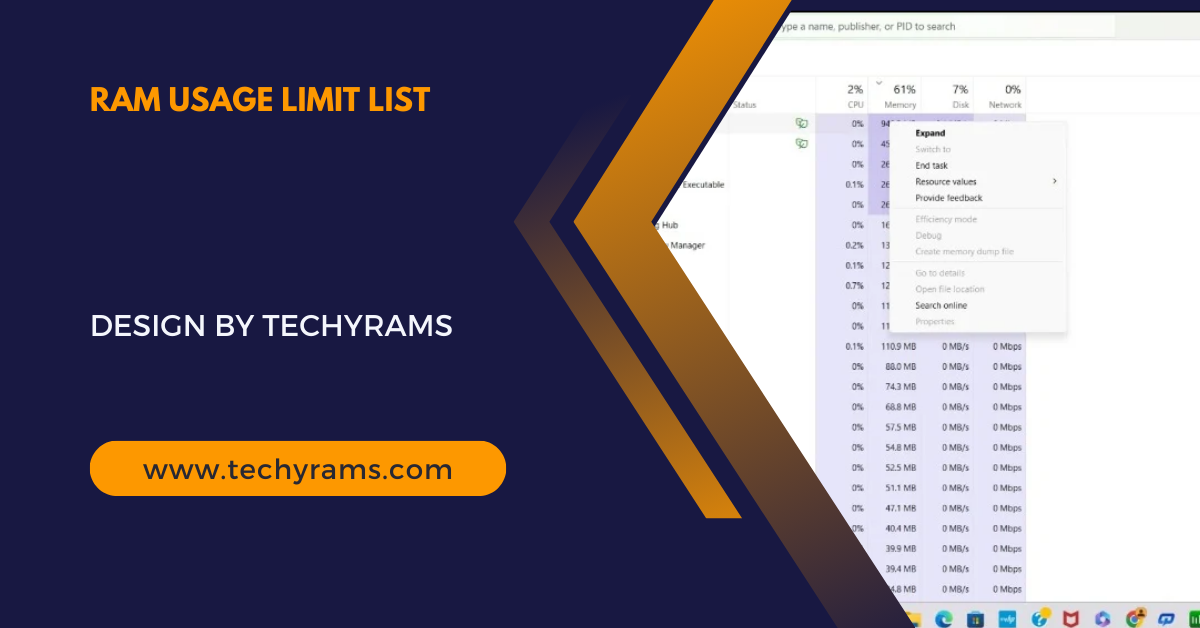To decrease RAM usage on a Mac, monitor memory, close unused apps, reduce login items, clear browser data, and use built-in optimization tools.
In this guide, we’ll cover effective ways to decrease RAM usage on your Mac and keep it running smoothly.
Check RAM Usage with Activity Monitor:

Before making any adjustments, it’s crucial to understand which apps or processes are consuming the most RAM. The built-in Activity Monitor can help with this:
- Open Activity Monitor: You can find it by searching for “Activity Monitor” in Spotlight (press Command + Space).
- Go to the Memory Tab: This tab shows how much RAM each process is using.
- Sort by Memory Usage: Click the “Memory” column to sort the processes by the amount of RAM they are consuming.
If you see apps or processes that are using a disproportionate amount of RAM, consider closing them to free up memory.
Close Unnecessary Applications:
Running too many applications simultaneously can overload your Mac’s RAM. To reduce usage:
- Manually close apps: Use the Command + Q shortcut to quit apps you’re not using.
- Use the Dock: Right-click an app icon in the Dock and select “Quit.”
- Force Quit if necessary: If an app is unresponsive, press Command + Option + Escape to open the Force Quit menu.
Reduce Login Items:
Certain applications open automatically when you start your Mac, consuming RAM from the moment your system boots up. Reducing these login items can help optimize RAM usage.
- Open System Settings: Navigate to “Users & Groups.”
- Go to Login Items: Review the list of applications that automatically start.
- Remove unnecessary items: Select the apps you don’t need at startup and click the minus (–) button to remove them.
Clear Browser Cache and Tabs:
Web browsers like Safari, Chrome, or Firefox can use a lot of RAM, especially when multiple tabs are open or extensive browsing data accumulates.
- Limit open tabs: Try to keep only essential tabs open.
- Clear cache: In your browser’s settings, find the option to clear cache and cookies, which can help reduce RAM usage over time.
- Consider lighter browsers: Some browsers are optimized to use fewer resources, like Safari or Opera, which are lighter on RAM compared to Chrome.
Uninstall or Disable Unnecessary Extensions:
Both browsers and other applications on your Mac may have extensions or add-ons that use up RAM. By disabling or uninstalling those you don’t need, you can free up memory.
- In Safari: Go to Preferences > Extensions to view and disable unnecessary extensions.
- In Chrome: Access the Extensions page by clicking the three dots (Menu) > More Tools > Extensions.
Use Mac’s Built-in Optimization Tools:
macOS comes with several optimization tools that can help manage RAM effectively:
- Optimize Storage: Go to Apple Menu > About This Mac > Storage > Manage. This feature allows you to offload files and reduce local storage clutter, which can indirectly improve memory usage.
- Automatic Graphics Switching: On MacBook Pro models with dedicated GPUs, enabling “Automatic Graphics Switching” helps reduce power and RAM consumption. You can turn it on under System Settings > Battery > Automatic Graphics Switching.
Also Read: How Much Ram Is Recommended For Gaming – A Detailed Overview!
Update macOS and Applications:
Keeping macOS and your applications up to date ensures they are running efficiently and without bugs that could cause memory leaks or excessive RAM usage.
- Check for macOS updates: Go to System Settings > Software Update and install any available updates.
- Update apps from the App Store: Regularly check the App Store for application updates that could improve performance and reduce memory usage.
Restart Your Mac Regularly:
Restarting your Mac clears temporary files and resets system memory, which can help free up RAM. If your Mac has been running for an extended period, a restart can often resolve performance issues caused by high RAM usage.
- Schedule regular restarts: If you notice performance drops, a quick restart may help regain lost memory.
Consider Upgrading RAM (if possible):
If you consistently run out of RAM, upgrading your Mac’s physical memory could be a solution. However, not all Mac models allow for RAM upgrades, as newer models have soldered RAM. To check if your Mac can be upgraded:
- Check the model’s specs: Visit the Apple website or a service provider to see if your model supports RAM upgrades.
Use Third-Party Apps to Optimize RAM:
Several third-party apps can help you manage RAM usage effectively:
- CleanMyMac X: This popular tool offers a RAM cleaner feature that frees up memory in just a few clicks.
- Memory Clean: This app monitors your RAM usage and helps clear inactive memory.
- iStat Menus: It gives you a detailed overview of your Mac’s performance, including RAM usage, and allows you to monitor and manage processes.
FAQ’s
1. How can I check which apps are using the most RAM on my Mac?
You can check RAM usage through the Activity Monitor’s Memory tab, where processes are listed based on their memory consumption.
2. What can I do to free up RAM on my Mac without closing applications?
You can disable or uninstall unnecessary extensions, reduce login items, and clear browser cache to free up RAM.
3. Does restarting my Mac help with RAM usage?
Yes, restarting your Mac clears temporary files and resets system memory, which can free up RAM and improve performance.
4. Can I upgrade the RAM on my Mac?
It depends on the model. Some Macs allow RAM upgrades, while others have soldered RAM that cannot be upgraded.
5. Are there third-party apps to help optimize RAM on Mac?
Yes, apps like CleanMyMac X, Memory Clean, and iStat Menus can help monitor and free up RAM usage effectively.
Conclusion
Managing your Mac’s RAM usage effectively can dramatically improve performance and prevent slowdowns. By monitoring applications with Activity Monitor, closing unnecessary apps, reducing login items, and clearing browser data, you can keep your Mac running smoothly. Regular updates, restarts, and using optimization tools also contribute to maintaining efficient RAM usage. For older Macs or those handling intensive tasks, upgrading the RAM might be a more permanent solution.

































Leave a Reply